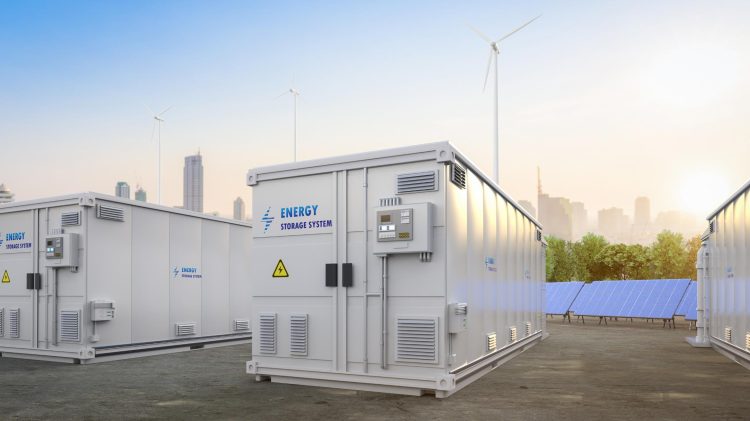A total of 40 battery and pumped storage projects have advanced through authorisations over the past three years. With solar and wind hybridisations leading the way and several strategic stand-alone schemes, companies such as Enel Green Power, Iberdrola, OPDEnergy, Statkraft and Grenergy stand out as key players.
The expansion of energy storage in Spain is beginning to materialise. According to resolutions published in the Official State Gazette (BOE) between 2022 and 2025, projects of different scales and technologies have made progress in their environmental permitting, reflecting the growing interest of both domestic and international developers.
Most of the 40 initiatives correspond to battery modules coupled with photovoltaic and wind farms, totalling 4,300 MW of capacity. Recent examples include the Coria Villetas project in Cáceres, with 156.2 MW of solar PV and 13.75 MW of storage, or the La Nava project in Ciudad Real, where Naturgy will add 20.8 MW of batteries to a 46.2 MW solar plant.
Companies such as Enel Green Power, Iberdrola, OPDEnergy, Statkraft and Grenergy have secured authorisations to integrate systems ranging from 20 to 40 MW into existing plants, highlighting the strategy of major groups to reinforce their hybrid portfolios.
Although still a minority, stand-alone projects are beginning to emerge. One of the most relevant is Tabiella BESS in Asturias, with 100.2 MW, promoted by TagEnergy, which received a favourable environmental impact assessment at the end of 2024. Other projects in Girona and Cádiz, with capacities exceeding 100 MW, also stand out, underlining the interest in strategic sites for arbitrage and grid services.
Projects are spread across the country: Castilla-La Mancha accounts for nearly 1,200 MW, Extremadura around 900 MW, Andalusia about 800 MW, Catalonia 600 MW, the Valencian Community 500 MW and Aragon 300 MW, concentrating the bulk of applications. This geographical distribution responds not only to the availability of renewable resources, but also to the saturation of grid connection nodes, where storage is emerging as a safety valve to avoid curtailment.
In parallel, Red Eléctrica has confirmed that there are already more than 25 GW of connection requests for storage. While not all will materialise, the figure reflects both strong investor appetite and the growing need for flexibility in a system where renewables already account for more than 60% of generation in certain months.
Alongside these advances, recent support schemes — such as the €700 million IDAE line financed with FEDER funds — and the imminent creation of a capacity market are expected to allow a significant share of projects under permitting to achieve economic and financial viability in the coming years.
Spain is facing a qualitative leap in storage. The combination of hybridisations that optimise the grid and large-scale stand-alone projects anticipates an accelerated roll-out in the second half of the decade, a key step to achieving the 22.5 GW of capacity set out in the PNIEC 2030.
